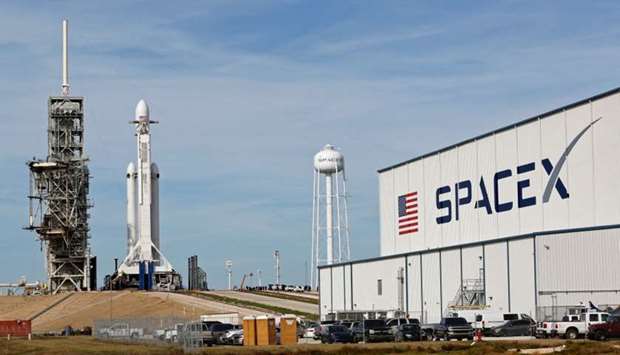An updated version of the SpaceX Falcon 9 rocket, tailored for eventual crewed missions into orbit, was set for its debut commercial launch on Thursday from Florida's Cape Canaveral carrying a communications satellite for Bangladesh.
The newly minted Block-5 edition of the Falcon 9, equipped with about 100 upgrades for greater power, safety and reusability than its Block-4 predecessor, was scheduled for liftoff at 4:12 p.m. EDT from the Kennedy Space Center.
Its recoverable main-stage booster is designed to minimize refurbishment needed between flights, allowing more frequent launches at lower cost - a key to the business model for billionaire entrepreneur Elon Musk's Space Exploration Technologies, as SpaceX is formally known.
Enhanced rocket reusability also is a core tenant of Musk's broader objectives for normalizing space travel and ultimately sending humans to Mars.
The Block-5 is the first rocket from his California-based company to satisfy NASA's standards for its Commercial Crew Program to carry agency astronauts to the International Space Station, which SpaceX seeks to accomplish by the end of 2018.
For the maiden flight of the new Falcon 9, SpaceX will be launching the Bangladeshi government's first satellite, Bangabandhu-1, into Earth orbit.
‘Block 5 is here. We're all excited about that,’ Hans Koenigsmann, a SpaceX vice president, said during a press conference last month. ‘We had a good test campaign in Texas. I believe it was faster than we ever had on new block upgrades.’
Among the Block-5 features new to the Falcon 9 series are a heat-resistant layer of shielding at the base of the rocket, reusable tail fins for cleaner return landings and a thrust nearly 10 percent stronger than that of the Block-4.
Block-5 marks the final version of the iconic Falcon 9 lineup before SpaceX introduces its super heavy-lift launch vehicle, dubbed the Big Falcon Rocket, or BFR, which will be designed to send manned missions to Mars.



